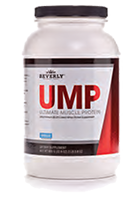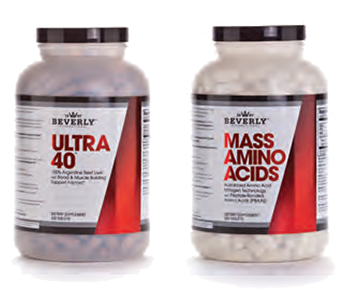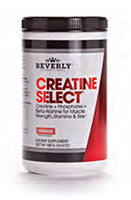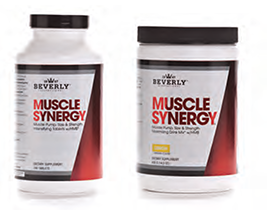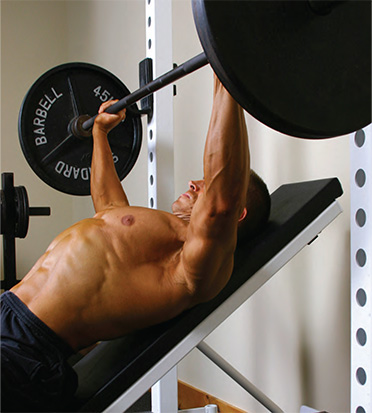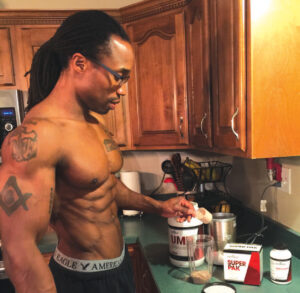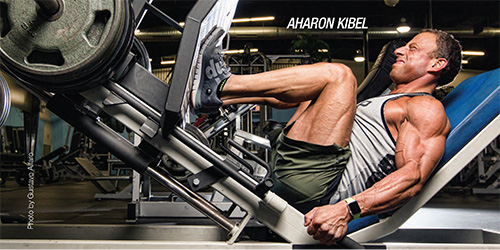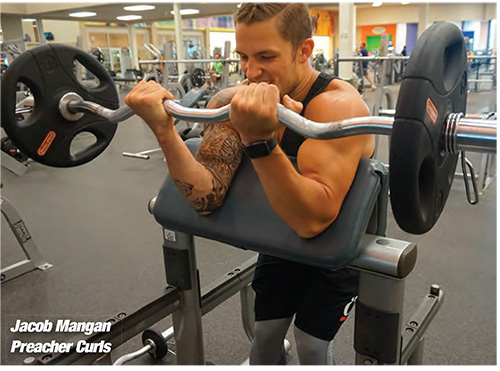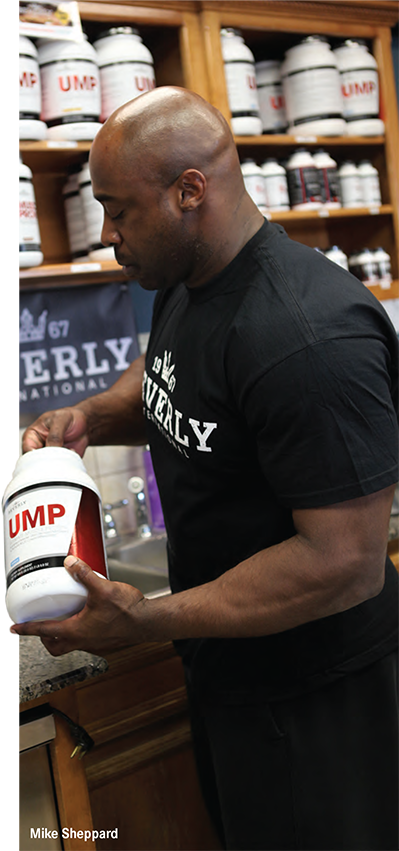Four Years Twenty Pounds of Muscle
No Nonsense Magazine 2015 Collection
By: Aaron Whitten
Between November of 2010 and October of 2014 I gained nearly 22 pounds of muscle and managed to shed a half pound of fat. In comparison to those ridiculous ads we are bombarded with daily about gaining fifty pounds of muscle this year (or month!) it might not seem like much. But for those of us in the real world who fight for every ounce of muscle it is very substantial. The net effect of those pounds was very noticeable and made the journey worthwhile. Let me show you how I did it.

In 2010 I competed in the amateur Universe. I followed the Beverly Contest Workshop Manual to a ‘T’ including taking precise measurements throughout using Beverly’s body fat spreadsheet. I also had lots of photos taken afterward, some purposely from not so flattering angles. I compiled all this data and sat down to analyze it. My thoughts preceding each off season are threefold. First, I look at the big picture, the mile high view to see the most glaring weaknesses in my physique. Secondly, I look in more detailed fashion to determine how those weaknesses are manifested; exactly where am I weak? Third, I create a plan to eliminate them. That’s it, I keep it very simple and go to work.
My analysis of the numbers and pictures told me the following: I needed more overall mass. In particular I needed more muscle in my back. And lastly, I needed to consume more calories to support those goals while following a routine revolving around big, basic movements. In essence, I needed to eat more while doing some power lifting with additional emphasis on back work. Sounds simple enough but…
The trouble is that I am very ectomorphic. If you aren’t familiar with the term it refers to bone structure and metabolism. Ectomorphs are naturally small boned people with fast metabolisms. Endomorphs are the opposite and mesomorphs are your genetic wonders who can gain muscle easily. I have gained a lot of muscle over the years but had hit a wall in terms of caloric consumption. If you have ever had to force feed yourself you know what I mean. It is nauseating and gets old really fast. Most folks are quick to say how lucky I am but that’s only because they have never experienced it. As a bodybuilder I have done both, I have crammed food down my throat in the off season and dieted for shows and I can tell you neither is a picnic. I just didn’t know how I was going to eat any more food on a consistent daily basis.
I needed to find a way to supply my body with additional calories, especially protein, without overly filling my belly or adding to my already extensive food prep. I searched the Beverly website for a day or two and pulled out my old No Nonsense magazines, flipping through hoping to find an article that might pertain to my plight. I found the solution by chance in the form of an old ad for Ultra 40 liver tabs. In that ad it said that by combining Ultra 40 and Mass aminos several times daily a person could gain up to five pounds of muscle yearly. Don’t get me wrong, I was no stranger to either prod-uct. However I had only used them religiously pre contest main-ly to stave off hunger between meals. The thought of using them extensively in the off season sounded really appealing. This way I wouldn’t be bloated and there was no food preparation involved. I don’t believe in doing anything half way so I planned to use 8 of each after each meal. I figured I was approaching my genetic limit so it would be twice as hard to gain that five pounds as for a normal person. What could it hurt? Even at that heightened intake it was cheaper than buying another thousand calories of food daily.
I also cranked up my consumption of the new Mass Maker Ultra. I admit that wasn’t really a conscious decision but just kind of happened because I really like the taste. I followed the meal plan I had in the past from Beverly designed for a 225+lb guy, with a few added calories. Here’s how it broke down:
Meal 1: 6 whole eggs, 8oz ground turkey or beef, small amount of cheese, salsa; 1 cup oatmeal, honey, almond butter and added one scoop of UMP, and some apple juice
Meal 2: 3 scoops of UMP or 4 scoops of Provosyn, 2 tablespoons of flax seed oil. I combined this with one scoop of Mass Maker Ultra and followed it with an apple.
Meal 3: 10oz ground turkey or beef (cooked amount); 1 cup lentils or rice and a large mixed salad with olive oil and balsamic vinegar.
Meal 4: Repeated Meal 2. Since this was usually my pre workout meal I would mix in two scoops of Mass Maker Ultra, sometimes three. I wish shaker cups were larger!
Post workout: I would immediately drink another 2-3 scoops of Mass Maker Ultra mixed in juice.
Meal 5: Basically this was a repeat of Meal 3. I often steamed the vegetables and made a large stir fry.
Meal 6: Protein pudding! 3 scoops of UMP, almond butter, honey and a cup of cottage cheese. I added apple juice or kefir and made it into an ice cream type consistency.
In addition to this I always had a Super Pak, Creatine Select, QuadraCarn and Lean Out, which I take in the off season for the cardiovascular benefits, not fat burning. I used two Multiple Enzymes, sometimes three, be-fore meals and used Up-Lift before every workout. I also used Muscle Synergy sporadically, probably every other month.
This did not constitute a change from my former eating habits. The change was from the Ultra 40 and Mass aminos. I took 8 of each before or after each meal and often during workouts. I went through thousands of those little gems. Since the diet was the same as before and this was the only addition I knew this would be a valid experiment to determine their merit. The frustrating part was how slowly it progressed; it is very easy to second guess yourself and want to try something else because the scale is barely moving. Even at the best rate of five pounds yearly it only breaks down to less than half a pound monthly! During those times I would re-mind myself to stay the course and give it a solid chance. Whether it is a meal plan or workout I believe you need to follow it precisely for at least six months before passing judgment. So I toiled on and faithfully observed the plan.
One quick note: I cannot stress enough the value of Beverly’s most economical supplement, the Multiple Enzyme Complex. In my experience ectomorphs like myself often do not secrete sufficient gastric enzymes to allow for the digestion of large quantities of food. This may be why their stomachs tell their brains that they are not hungry. Taking just a couple of these before a big meal makes the difference between being uncomfortably bloated for hours or feeling normal. Remember, it isn’t what you eat, it’s what you absorb that matters. Multiple Enzymes are an absolute must on a weight gaining diet.
I also keep logs in the off season though not as detailed. As I progressed through 2011-2014 I compared my body weight, strength levels and abdominal skin pinch measurement to those from previous off seasons. My body weight had not sky rocketed but was gradually climbing. My strength levels were higher and at a lower body weight than at previous personal bests. And my belly fat was considerably less. Overall I was carrying more lean mass at a lower body weight which brought me some mental comfort. I didn’t get too excited though as I knew that true gains could only be ascertained by comparing contest to contest, when all the fat had been stripped away. I eventually plateaued at 217 and decided it was time to solidify the gains I had made.
Training
Let’s step back and look at the training plan I followed in con-junction with this meal plan. As a competitive power lifter I have always favored strength oriented routines like the periodization plan detailed in an old NNN issue (“A 12 Week Training Cycle for Muscle Size and Strength”, No Nonsense Vol 12, #3). Any one is welcome to contact me for a spreadsheet copy of this excel-lent routine. I have used it many times with great success, gaining lean mass and strength steadily. I went through four full cycles of this then incurred an elbow injury requiring surgery. Rather than lay around and fatten up (or skinny up in my case) I decided to employ the Smolov squat routine since it required no upper body work whatsoever. I wouldn’t wish that program on my worst enemy but man, did it work. I put over 70lb on my best squat over the course of three months and found my upper body had responded as well; proof of the power of systemic growth exercises like the squat. After that I returned to the periodization plan for several more cycles. I was steadily growing and things were going well. Then I got greedy…
A Year Wasted
I became enthralled with a popular training method followed by many elite powerlifters. I thoroughly studied this unique and com-plex methodology and purchased quite a bit of new equipment in order to give the program my best shot. I desperately wanted this to work. I went for it for a full year. Then I compiled my data again and analyzed the results. A year wasted! At the end of the day my lifts had stalled and my lean mass hadn’t budged. And my target body part, the back, had suffered most! I couldn’t afford to lose any more time, I had to return to what worked FAST. So it was back to the periodization routine that had never failed me. The lesson I learned was to stick with what works.

Pre Contest Nutrition & Training
I continued with the Beverly periodization routine until the end of April, 2014. I wanted to compete in the fall and knew I would need to dedicate at least five months to the process. With my me-tabolism crash dieting is a major no-no. I have to go easy or I risk burning up whatever I may have built in the off season. Using the Beverly International Pre Contest Workshop manual as a guide here is what I formulated to bring me into top shape by October:
- 2 months of the 2 on, 1 off routine while following meal plan 1B.
- 2 months of the 4 on, 1 off routine while following meal plan 2B.
- 1 month of 3 on, 1 off routine while following meal plan 2C.
Note: If you are lucky enough to own the Pre Contest manual, you’ll find the nutrition plans referenced on pgs 15, 21, and 22. The training programs can be found on pgs 39-42. If you do not own the Pre Contest manual, you can still use the “Solutions” section of the BeverlyInternational.com website to access the plans. You’ll find the diets in the “Beverly Nutritional Programs” section:
- Meal plans 1B and 2B are comparable to the “Gain Muscle and Lose Fat Plan”
- Meal plan 1C corresponds to the “Male Bodybuilding Pre Contest Nutrition Plan”
The training programs are illustrated in the “Training” section under the heading PreContest Training Program.
The only change I made to the meal plans was the frequency of Carb Up meals. I know my metabolism pretty well and I know when it is telling me to eat. The meal plans called for Monday/Thursday Carb Up Meals but I added a third and often would have Saturday as a ‘free day’ where I would re-ally stuff in the calories. This wasn’t lack of discipline, this was twenty years of experience of listening to my body. At the end of the day (or the contest) it isn’t who deprived them-selves the most who wins, it’s who looks the best. And I knew that if I pushed it too hard too soon I would burn muscle.
I followed the workouts precisely. I added a pulley set up to my home gym so that I could do smaller moves like pushdowns and cable rows and even got a set of Power Block dumbbells for curls, laterals, etc. I kept an eye on my strength levels and pushed for PR’s up til the last month. On the days that I had more energy I would employ five sets of five on the big moves and supersets on the days I didn’t. I kept it very simple and just trained hard.
As for cardio, I didn’t do it. I am not a fan in general especially for ectomorphs like myself. I really proved this to myself in the off season. To go with the “elite” powerlifting training program that I mentioned earlier, I bought a sled, prowler, wheelbarrow and tire and performed the recommended HIIT workouts faith-fully. Like I said, if I sign up to do something I go all-in. And I watched my lifts drop as my frustration climbed. Maybe it works as a conditioning tool for some but in terms of fat loss for me I will take proper dieting over cardio any day.

Final Results
So the day of the contest, the WPAA Troy Alves Classic, finally rolled around and I won my class. A judge said I was the most conditioned guy in the whole show, a testament to Beverly’s con-test prep wisdom. Just as importantly, I had new measurements and photos to analyze. Here is the hard data from the day before the show in 2010 and again in 2014:
- 2010: 154.4 lb of lean mass, 8.6 lb of fat
- 2014: 175.9 lb of lean mass, 8.1 lb. of fat
- Net result: 21.5 pounds of muscle gained, .5 lb. of fat lost
Now that is what I call progress! Since the training was largely the same as before (I even lost a year) and the meal plans were identical I can safely assume the difference was due to the addition of Ultra 40 and Mass Aminos. I felt this was a very valid study under controlled circumstances with minimal variables, at-testing to the worth of these products.
In my opinion an average of five pounds of muscle gained yearly for the average lifter is a best case scenario. The genetically gifted or chemically enhanced might scoff at these numbers but I am truly pleased. I highly recommend employing this tactic to anyone interested in gaining lean mass with minimal investment. I also feel they are key to maintaining that mass while dieting. To those who may shirk at the thought of ingesting so many pills daily, allow me to briefly toot my own horn: I suffer from dysphagia, a condition that causes difficulty swallowing and frequent choking. Therefore I must chew each and every one of these tablets. If you truly want progress you will find a way.
I am hardly the first person to discover the power of this combination nor am I the first to reap its benefits to this degree. I hope others will read this and decide to give it an honest try. As hard as we work in the weight room I feel that taking a few dozen of these pills daily is a minor inconvenience at most. Take 4 of the Ultra 40 and 4 of the Mass Aminos with each meal this off season and note the impact it has on your own physique. I believe you will be very pleased with the results.
PostScript
I was very pleased with my conditioning and knew that Beverly had contest prep down to a science. Boy was it nice to be working with a tried-and-true outfit instead the many self-proclaimed gurus in the area. I listened to the insanity that other competitors went through at the instruction of their local wizards and knew they had compromised their conditioning. I tried to keep to myself but eventually some fellow competitors asked about my own prep. When I told them how simply I had done things, like not even doing a ‘peak week’ they scoffed. However when my clothes came off a little later they were suddenly silent. Eventually they all asked me who I trained under and how much it cost. When I told them of Beverly’s free information and programs on their website, I thought they might cry! Again the moral here is to stick with what really works, in this case a company with nearly half a century’s experience working with thousands of bodybuilders. A company that cares about more than just their bottom line. What ‘team’ am I on? Beverly!!!




